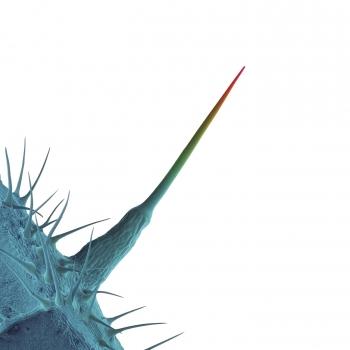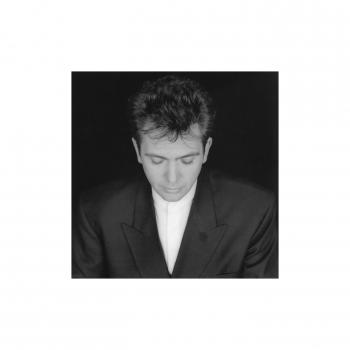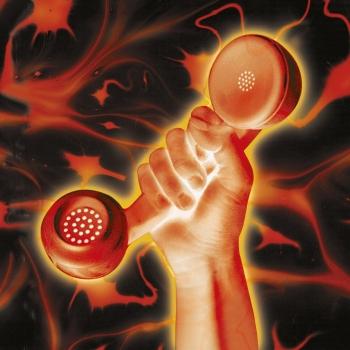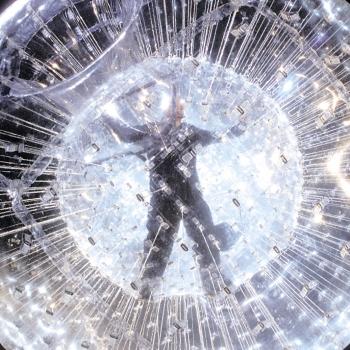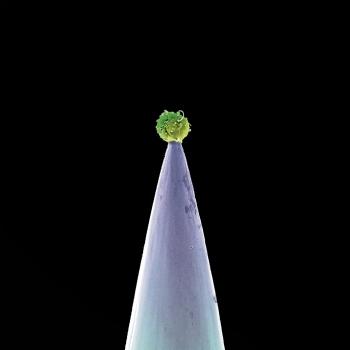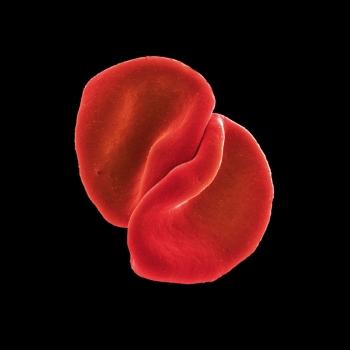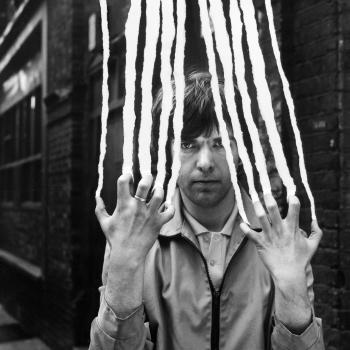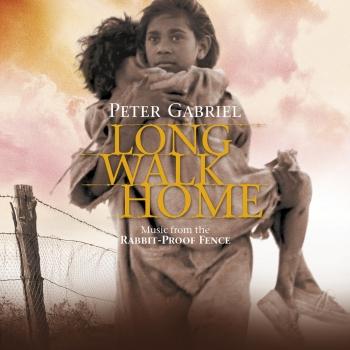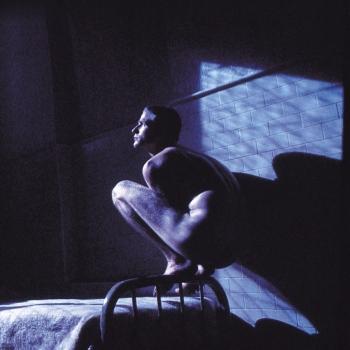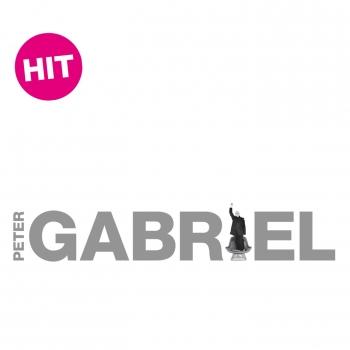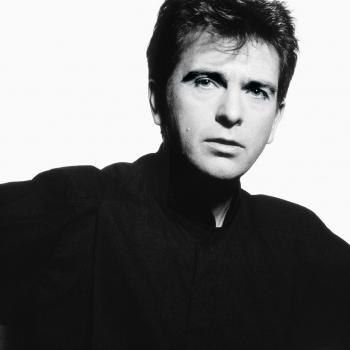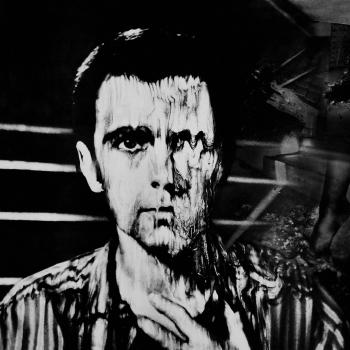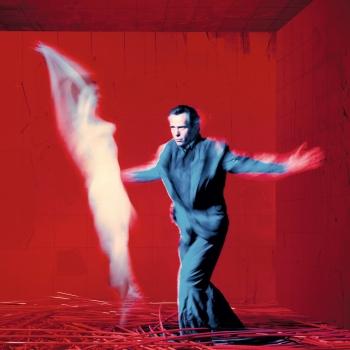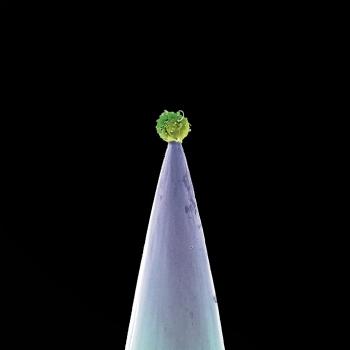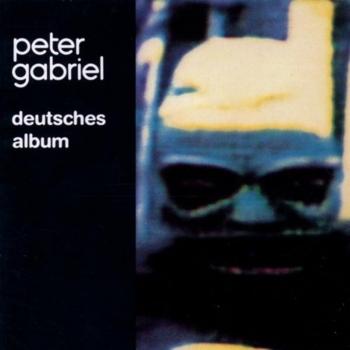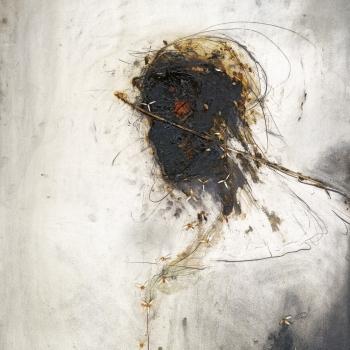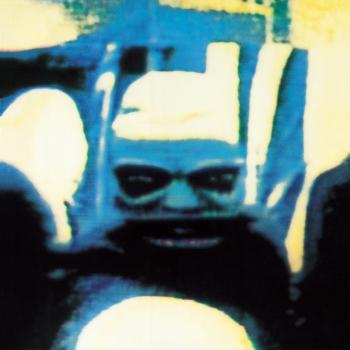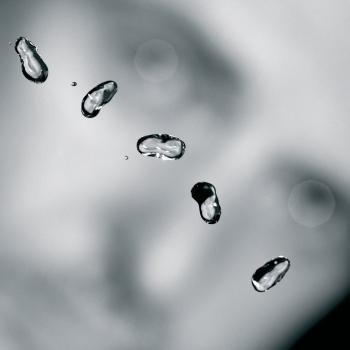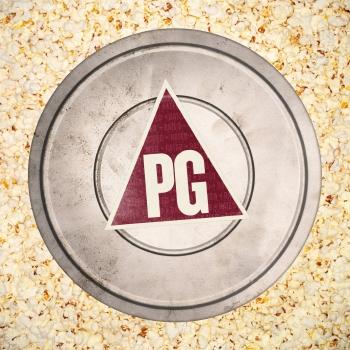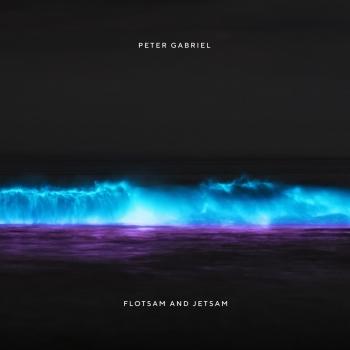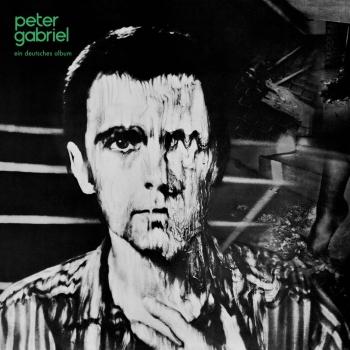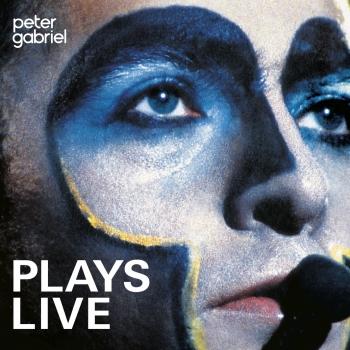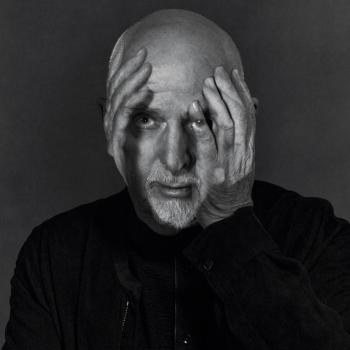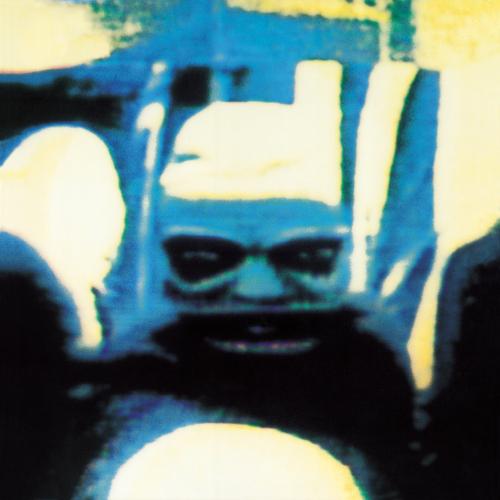
Peter Gabriel 4: Security (Remastered) Peter Gabriel
Album info
Album-Release:
2009
HRA-Release:
15.11.2019
Album including Album cover
I`m sorry!
Dear HIGHRESAUDIO Visitor,
due to territorial constraints and also different releases dates in each country you currently can`t purchase this album. We are updating our release dates twice a week. So, please feel free to check from time-to-time, if the album is available for your country.
We suggest, that you bookmark the album and use our Short List function.
Thank you for your understanding and patience.
Yours sincerely, HIGHRESAUDIO
- 1 The Rhythm Of The Heat 05:19
- 2 San Jacinto 06:34
- 3 I Have The Touch 04:35
- 4 The Family And The Fishing Net 07:07
- 5 Shock The Monkey 05:28
- 6 Lay Your Hands On Me 06:09
- 7 Wallflower 06:38
- 8 Kiss Of Life 04:17
Info for Peter Gabriel 4: Security (Remastered)
Originally released in 1982 this was the fourth solo release [also known as Security] featuring the bass & stick skills of Tony Levin and VDGGs Peter Hammill providing backing vocals on three songs.
Co-produced by Peter and David Lord this is the first album where Peter really immersed himself in the music of distant lands and cultures. It was also his first fully digital recording. These two elements created a deeply effective soldering-together of futurism and generations-old tradition. The single Shock The Monkey became Peter’s first top 30 hit on the Billboard Hot 100.
“The fourth album was done at Ashcombe House, an old farm house in a beautiful valley, about five miles from where we are now at Real World.
It was a typical sort of landlord situation because there was never any money spent on it; there was rain coming through, rats and dry rot. We had a serious outbreak. It’s a fascinating fungus actually, because once it catches and the temperature and the moisture are right, it reproduces at extraordinary speed and you get the spores almost like a mist, then these amazing mushroom shapes growing out of all parts of the house. Then you have to take down all the plaster and the wood. It’s a major job.
Ashcombe was a good period. It was the first time really that I’d had a studio situation of my own and we were building up equipment; we didn’t always have what we needed. And when you did something really good the cows would come and lick the windows. So that was always a sign of real appreciation.
Four’, in some ways, was a more home-produced album, partly because it was the first one in my own studio. Initially, we had a mobile outside the farm building and then gradually built a studio as we went along. I was working with David Lord who I’d known a bit in Bath, he had studio there, but he’d come really more from a classical background, but was very good with textures and sounds. A lot of time, as always, I had been noodling away, and he was quite good at helping forge through that. Stewart Copeland also came in, as well as Jerry Marotta, to do some drumming. I love Stewart’s playing. He’s not the world’s best timekeeper, as he would be first to admit, but he can drive a track like very few others; it’s always ahead of the beat, sits right up and forward, and his kit always sounds very alive. So that was a lot of fun. Jerry did, I think, some of his best drumming on that record for me too.
I’d been dreaming for some time of an instrument that could sample stuff from the real world and then turn it and make it available on a keyboard. Larry Fast told me that he thought he’d heard rumours of such an instrument. He actually came across this instrument and its inventor in a Carly Simon session in New York, and this Australian, Peter Vogel who designed this thing. At the time it cost ten thousand pounds, which seemed an unearthly amount of money for a musical instrument or keyboard, because nothing had cost more than three thousand in our experience up to there.
I got to meet him [Vogel] and got very excited with this thing. It was called the Fairlight and I spent a lot of time then collecting sounds; going to factories, to the university and getting interesting samples which were then used on that record and the ones after. It was really one of the key things that gave that record a different sound. And a track like ‘Rhythm of the Heat’ grew out of a looping device on one of the samples that we just fed into it… as a sort of rhythm track and built around it. So, it was still very much about textures, but of a more homemade variety.
With the track ‘Rhythm of the Heat’ which was based on the story of Carl Jung going to Africa and becoming so mesmerized by some drums that he felt he’d lost himself and became part of this dancing mass; of a really important Western mind losing himself really in something more primitive and more instinctive. So that was quite an interesting relationship, and in the music we tried to do that as well, and it ends up in this big African drum explosion at the end with Ekome who’s a wonderful master drummer.
On that record, ‘Shock The Monkey’ is probably one of the better-known tracks. Most people saw that as a sort of animal rights song, but it wasn’t actually, it was a song about jealousy.
‘San Jacinto’ was more about… culture clash came up in a few of the lyrics, but between Native American and contemporary American. I’d noticed, whilst travelling around the West, the bits of Native American culture that had been absorbed into the motels or casinos or whatever it was. It started me thinking about it anyway and musically too I was trying to build on what I’d begun on a previous album with ‘systems’ approach and repeated motifs.
‘I Have the Touch’ was a song about contact. I’d started reading these things about how important touch is; for example, it’s clear that babies’ brains develop according to the amount of physical contact they receive. The skin is often underrated as an organism. So, I was looking at various approaches with touch.
The game – the obsession of that time – was croquet. There was a lawn at Ashcombe, which was pretty flat, and we’d set up either car lights or some vague attempt at nightlights so we could play at night as well as in the daytime. Whenever there was a break we’d get out there and this stayed with us on tour. We travelled with a mobile croquet set. I remember we set up in Newcastle on one foggy, winter night on a roundabout outside the hotel… it was quite a big roundabout and had a good game because it was floodlit. David Rhodes, who was known as ‘Gunner’ Rhodes because he was very accurate. What’s great about croquet is that it’s a really vicious game and you can do horrible things to your opponents’ balls, if you’ll forgive the expression. So that would keep us very entertained.
The artwork on album four was something I’d been working on with a sculptor called Malcolm Poynter whose work I thought was really strong; he used to do these things out of very dark heads, and then figures made out of toys soldiers was one, and again, that’s an idea that doesn’t sound new, but at the time it was. It was a little like Francis Bacon, the power of some of that work, but put into sculpture.
There was a book I’d seen too on distortions which this painter friend Graham Dean had given to me by André Kertész and it’s a book, a little like fairground mirrors, showing the possible distortions, and we started using that with some melinex which is a sort of bendy mirror which you could start manipulating and also we had some video effects, because it was also the age when video graphics were really becoming available to your average film maker. So that was fun.”
Peter Gabriel, vocals, programming and sequencing, synthesizer, piano, surdo, additional drums
Tony Levin, bass, Chapman stick
David Rhodes, guitars
Jerry Marotta, drums, percussion
Larry Fast, synthesizer, electronic percussion
John Ellis, backing vocals, guitar
Roberto Laneri, treated saxophone
Morris Pert, timbales, percussion
Stephen Paine, programming
David Lord, synthesizer, piano
Peter Hammill, backing vocals
Jill Gabriel, backing vocals
Ekome Dance Company, Ghanaian drums
Recorded Spring 1981 – Summer 1982 at Ashcombe House, Bath, England
Produced by David Lord and Peter Gabriel
Digitally remastered
Peter Gabriel
has earned a worldwide reputation for his innovative work as a musician, writer and video maker. When at school he co-founded the group Genesis, which he left in 1975. His albums, live performance and videos since then have won him a succession of awards. Gabriel has released eleven solo albums and in 1986, his album 'So' won him his first Grammy. The videos from this project confirmed him as a leader in video production and included 'Sledgehammer', which has won the most music video awards ever, including number one position in 'Rolling Stones' top 100 videos of all time and the MTV most played video of all time.
This album contains no booklet.













